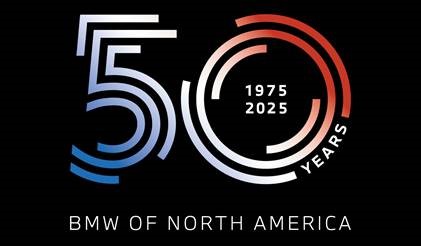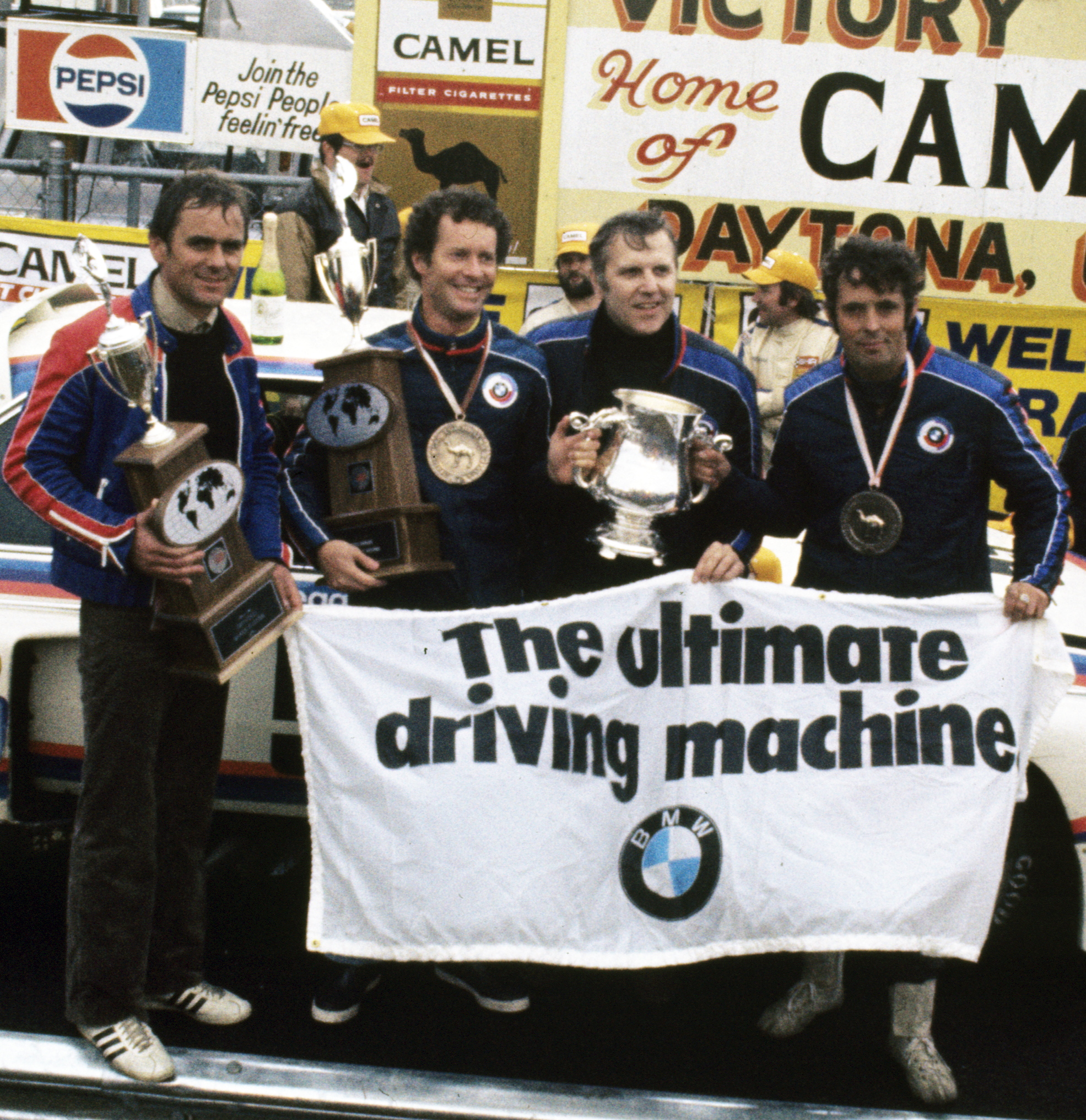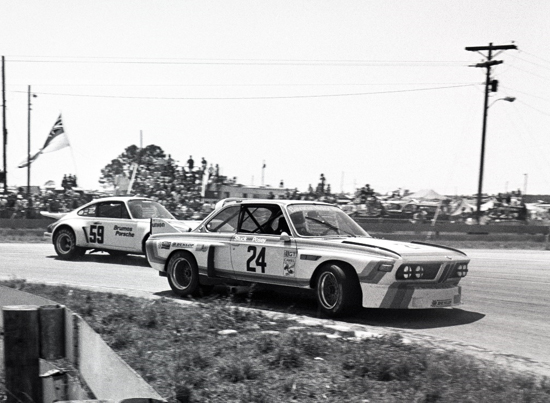BMW’s Motorsport Legacy: How Racing Cemented the Brand as ‘The Ultimate Driving Machine’
Jo-Carolyn Goode | 2/3/2025, 5:55 p.m.
Woodcliff Lake, N.J. – February 3, 2025 – In the world of automotive marketing, few strategies have been as bold—or as effective—as BMW’s venture into motorsport in the 1970s. With advertising restrictions in the U.S. due to legal disputes, BMW executives, led by visionary Bob Lutz, saw an opportunity to showcase their cars' capabilities on the track rather than on billboards. The result? A motorsport legacy that would redefine the brand and carve its name into racing history.
 BMW NA 50th Anniversary
BMW NA 50th AnniversaryIn 1974, BMW faced a marketing roadblock in the U.S. due to ongoing lawsuits with Max Hoffman, who controlled the company’s independent American distributorship. While BMW couldn't advertise freely, there was nothing preventing them from racing—and leveraging their success to build brand prestige.
Lutz, a firm believer in motorsport as a powerful marketing tool, pointed to Porsche’s success in brand recognition through racing. At the time, Porsche had virtually no advertising budget yet maintained a premium image and rising sales. BMW had a rich racing history dating back to the 1920s but had not been fully capitalizing on it. That changed when Lutz spearheaded the creation of BMW Motorsport GmbH on May 24, 1972, led by Jochen Neerpasch.
The Birth of BMW Motorsport
With the newly formed division, BMW quickly made its mark in racing. The 3.0 CSL, a lightweight and high-performance version of the company’s coupe, debuted in the 1973 European Touring Car Championship. This aggressive move into motorsport paid off, with BMW securing six victories and clinching the manufacturer’s title. However, the 1974 energy crisis put European racing efforts on hold, forcing BMW to look across the Atlantic for new opportunities.
As BMW prepared to transition from Hoffman’s control in the U.S., the company set its sights on the highly competitive International Motor Sport Association (IMSA) series. The plan? Take on Porsche in North America with the formidable 3.0 CSL, now upgraded to a 435-horsepower Group 4 “Batmobile.”
 "BMW Motorsport and the Mighty CSL Win The 1975 12 Hours of Sebring"
"BMW Motorsport and the Mighty CSL Win The 1975 12 Hours of Sebring"Making a Statement in America
BMW Motorsport set up its North American racing base in Hueytown, Alabama, leasing space from Bobby Allison’s NASCAR team. The first test came at the 1975 Daytona 24 Hours, where the team made a lasting impression despite both CSLs failing to finish. Fans were drawn to the cars’ striking tricolor livery and underdog spirit, and the drivers’ roster—Hans Stuck (Germany), Brian Redman (UK), Ronny Petersen (Sweden), and Sam Posey (USA)—quickly became fan favorites.
Hans Stuck, in particular, won over American crowds with his fearless driving style and charismatic personality, often celebrating victories with a yodel.
Victory at Sebring and the Birth of an Icon
On March 15, 1975, BMW officially settled its lawsuit with Hoffman. Just a week later, BMW Motorsport made its U.S. debut as the factory team at the 12 Hours of Sebring. Neerpasch instructed the #24 CSL, driven by Stuck and Posey, to push the Porsches to their limits, while the #25 car, piloted by Redman and Australian Alan Moffat, maintained a steadier pace. The strategy worked—Porsche’s lead car was forced to retire, and Redman’s CSL, despite electrical issues, held on to claim BMW’s first major U.S. victory.
BMW went on to win five IMSA races that season, including a triumphant 1-2 finish at Riverside, witnessed by BMW’s board chairman Eberhard von Kuenheim. Though Porsche ultimately took the 1975 IMSA GT championship, BMW had successfully established itself in American motorsport—and, more importantly, in the minds of U.S. consumers.
 "BMW Motorsport and the Mighty CSL Win The 1975 12 Hours of Sebring"
"BMW Motorsport and the Mighty CSL Win The 1975 12 Hours of Sebring"“The Ultimate Driving Machine” is Born
Racing wasn’t just about trophies; it was about branding. BMW seized on its success, launching full-page ads in newspapers and magazines boasting its motorsport achievements. This campaign introduced what would become one of the most enduring slogans in automotive history: BMW – The Ultimate Driving Machine.
This pivotal moment in BMW’s history solidified the brand’s reputation for performance and engineering excellence. Today, BMW’s motorsport DNA is still a fundamental part of its identity, from the legendary M series to cutting-edge electric performance vehicles.
For a closer look at BMW’s legendary 1975 season and its groundbreaking victory at Sebring, check out the documentary Go Like Schnell on YouTube: Watch Here.
BMW’s bold move into motorsport not only helped it overcome legal and marketing hurdles but also propelled it into the hearts of racing enthusiasts and everyday drivers alike. With its rich history of racing innovation, BMW remains the ultimate symbol of performance, precision, and driving pleasure.




